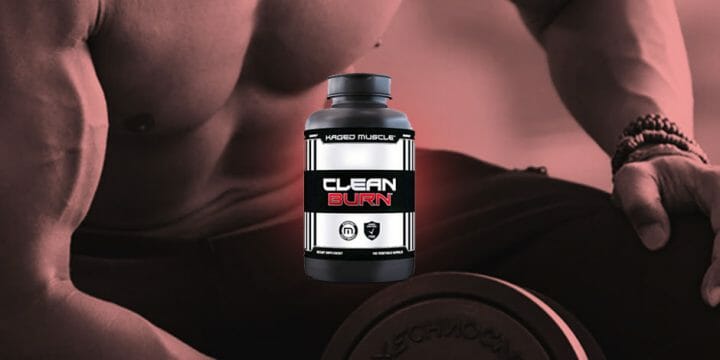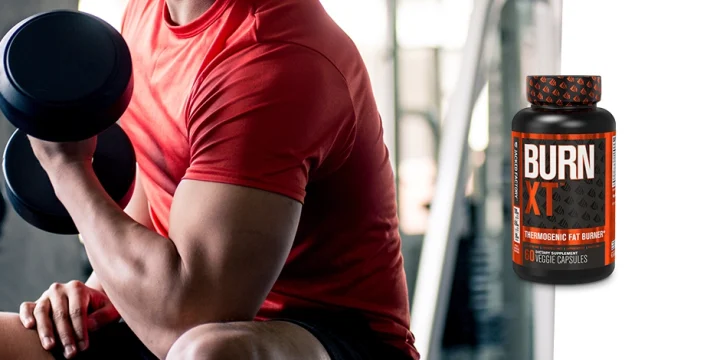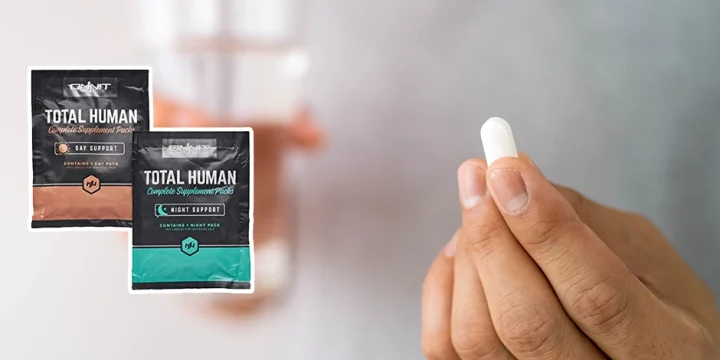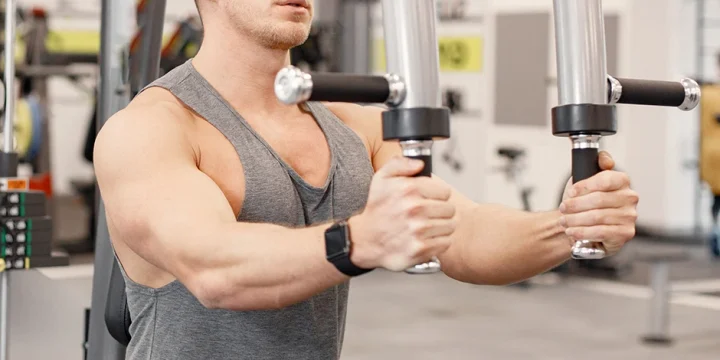In my coaching experience, pull-ups are an indispensable part of every strength training since they activate multiple muscles and gradually pile on muscle mass.
Since it is a complex exercise, I wanted to investigate if it could also play an important role in burning calories and be a part of weight loss workout plans.
So I conducted my research by recording the results of five of my clients over the 100-day pull-up challenge, which I incorporated as a regular drill.
Here are my insights.
Quick Summary
- Pull-ups burn belly fat but it depends on your muscle mass, body weight, and the intensity of your workout.
- To burn more fat, combine pull-ups with high-intensity interval training, cardio workouts, or simple pull-up bar workout variations.
- According to a 2018 study from ResearchGate, abs are significantly engaged during pull-ups with an 80% bodyweight load, highlighting their crucial role in exercises aimed at fat reduction.
- In my view, pull-ups are effective for strength and fat loss, but best results come from combining them with a balanced diet and diverse exercise routine.
Do Pull-ups Activate Abdominal Muscles?
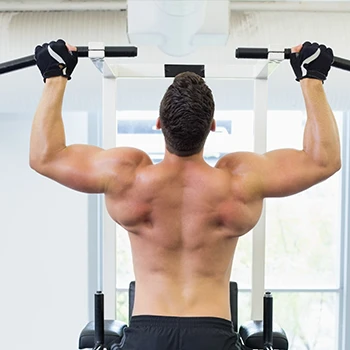
Yes, pull-ups do activate abdominal muscles, with a particular focus on maintaining a tight core for proper form and engaging the abs throughout the entire motion. A 2020 NCBI article shows a strong link between pull-ups, body fat percentage, and fat mass index, indicating they're great for burning fat [1].
A 2018 study from ResearchGate revealed abs are the most engaged muscles throughout the pull-up motion; in the execution of a proper pull-up, your abs must stay active during both concentric and eccentric movement [2].
Pull-ups aren't just for abs, but a tight core is key for proper form.
The main difference is bringing your legs in front of you without bending your knees with legs parallel to the floor and body forming an L-shape.
When my clients got too comfy with regular pull-ups and missed that ab burn, we switched to L-pull-ups. This tweak, with an overhand grip shoulder-width apart, puts extra strain on the abs, especially the lower ones, ramping up calorie burn.
How Many Calories Do They Burn?
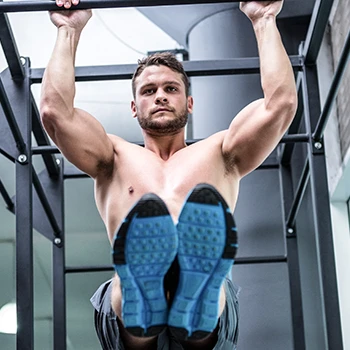
The number of calories with moderate-intensity pull-up bar exercises burn approximately 4.5 calories for a person weighing 155 pounds, though numbers may vary based on weight and intensity.
Pull-ups, being a compound move, work multiple muscle groups, burning more calories. For instance, at 155 pounds, you'll torch about 4.5 calories with moderate-intensity pull-ups, and around six with more dynamic effort.
While not the top fat-burning exercise, pull-ups have a lasting impact. Building muscle boosts your daily calorie burn and metabolism.
To shed a pound of fat, you need to burn 3,500 calories more than you consume. Harvard Health suggests burning 250 calories daily through exercise for healthy weight loss [3].
As far as the results of my testing go, pull-ups did help burn some additional fat for my clients, especially visceral fat around the abdomen, but still, they are not as effective as cardio exercises or those explicitly designed for losing weight.
What Exercises Should You Combine With Them to Burn Fat?

You should combine cardio exercises for weight loss, high-intensity interval training (HIIT), and pull-up bar variations. Pull-up bar workout variations can include leg lifts, windscreen wipers, toes to bar, L-sliders, or hanging crunches.
Also, throw in chin-ups or push-ups occasionally to effectively burn calories and ease muscle tension.
For HIIT fans in good shape, try burpee pull-ups for a full-body workout. But for focused weight loss, blend strength exercises with cardio. This combo is key for shedding belly fat.
The CDC advises at least 150 minutes of moderate-intensity cardio weekly, plus two days of strength training, for effective fat loss [4].
FAQs
Do Pull-Ups Make Your Waist Smaller?
Yes, pull-ups can make your waist smaller because this exercise hits your lats and rhomboids, creating a sleek V-shape that will give a look of a smaller waist. Regular pull-ups can also help you lose belly fat and tone up your upper body, which also sculpts your abdomen.
How Many Pull-Ups A Day To Burn Belly Fat?
You should do about 84 minutes of moderate-intensity or 50 minutes of vigorous-intensity pull-up exercise daily to burn approximately 250 calories daily.
Harvard Health publication recommends burning 250 calories a day throughout training daily and consuming 250 calories less daily if you aim to lose belly fat.
Are Pull-ups an Effective Way to Lose Weight?
Pull-ups may not be the most effective way to lose weight on their own, despite being a valuable addition to your fitness routine.
However, it is also a strenuous exercise, so it's questionable whether you will do enough pull-ups during the day to burn fat, as only a handful of my clients could complete the 100 days challenge.
My experience showed that combining cardio, strength exercise, and a healthy diet enhanced with a stimulant-free fat burner as a supplement option will lead to the fastest results.
References:
- https://www.ncbi.nlm.nih.gov/pmc/articles/PMC7745895/
- https://www.researchgate.net/publication/331402880
- https://www.health.harvard.edu/staying-healthy/simple-math-equals-easy-weight-loss
- https://www.cdc.gov/physicalactivity/basics/adults/index.htm
About The Author
You May Also Like
